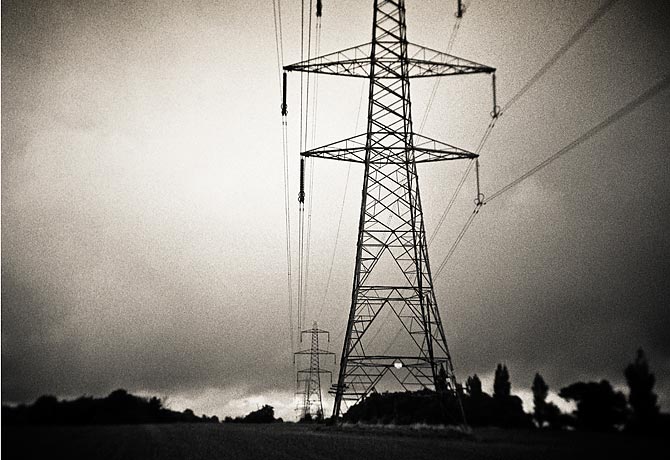
(2 of 2)
Among those opportunities will be the chance to improve electrical efficiency so much that utilities will be able to forgo adding new power plants. Right now, consumption usually peaks in the afternoons of hot summer days, when air conditioners are throbbing, and ebbs in the middle of the night. Utilities always need to ensure that they have enough reserve capacity to meet the moments of highest demand.
But if utilities were able to track electricity consumption in real time, they could price power according to consumption rates — higher during peak-demand times and lower during the ebb. Customers could then adjust their consumption. The result would be a flattened demand curve, reducing some of the need for utilities to build new, often polluting power plants. That same technology could better integrate wind and solar into the grid, because a smart-grid system could more easily compensate for the days when the wind isn't blowing or the sun isn't shining. "Peak demand is the big issue," says Dan Sheflin, chief technology officer for Honeywell Automation and Control. "That's really a key leg in the smart grid."
It would be too much to expect consumers to manually respond to changing pricing schemes — unless you want to become the DJ of your thermostat. Instead, consumers will rely on smart appliances that will be plug-and-play with the new grid. Power hogs like refrigerators, water heaters and air conditioners will be able to respond to price signals — automatically powering down during price peaks and cycling back up when electricity is cheaper. Control would still be in the consumer's hands: if you like your house arctic cold during the hottest days of the summer, you could program your air conditioner to run 24/7. But it would be push-button simple to select more-efficient consumption.
When electric cars come into wide use, the same principle will apply. Smart cars will draw power from the grid during times of low demand and maybe even transmit back to the grid during peak periods. "These products will be able to communicate directly to the utility," says Kevin Nolan, vice president for GE Consumer and Industrial, which expects to have smart appliances on the market as early as 2011. "They'll know when we can afford to use lots of electricity and when we need to curtail it."
For that to work, though, the smart grid will have to be about more than just technology. Smart policy has to be in place. Right now, utilities make their money by selling electricity, and for them, the more juice they sell, the better their bottom line. As long as that's the case, a smart grid may seem like a threat. Instead, utilities must be rewarded for essentially selling less electricity, as they already are in California — one reason that state is a leader in energy efficiency. And the smart grid will require a standardized system of protocols to enable utilities, meters and appliances to talk to one another. "It's a lot like the development of the Internet," says George Arnold, who runs the smart-grid program for the government's National Institute of Standards and Technology. "Those standards need to get firmed up."
Of course, an electrical grid that works like the Internet could have a downside. There are concerns that a smart grid could be a tempting target for hackers or even terrorists, though defenders point out that similar fears haven't stopped the growth of e-commerce. The potential benefits of building a more intelligent grid outweigh the risks and the up-front costs.
As the world works to find a way to deal with global warming at the U.N. climate summit in Copenhagen next month, it's important to remember that the cheapest way to cut carbon is not to emit it in the first place. "It's going to be a long journey, but the investment will be worth it," says Allan Schurr, vice president for strategy and development at IBM's energy and utility business. It is the smart decision.